All living organisms, plants, and animals have a natural habitat. If we want to understand our animal friends better, we first need to know all about the different habitats found in the wild.
Are you here because you want to know more about the natural homes of the world’s beloved plants and animals? If so, we can help.
Keep reading to discover all there is to know about the various different habitats found here on Earth.
What is a Habitat?
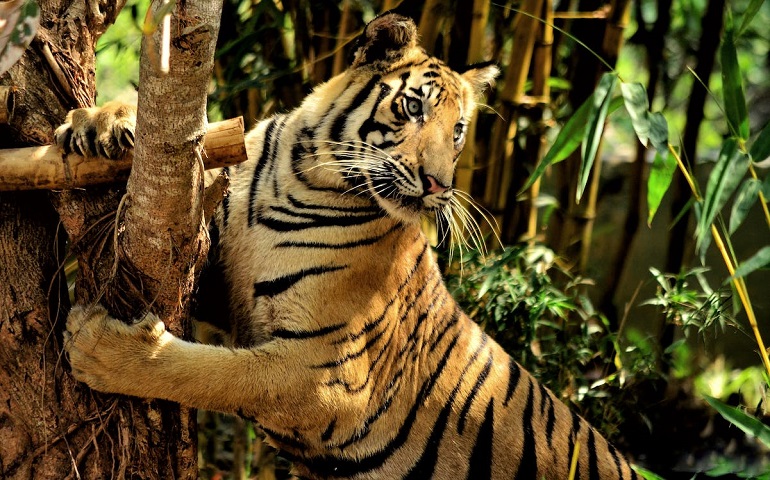
A habitat is a place living organisms, plants and animal species call home. The environmental conditions of a natural habitat are exactly what each species needs to be able to survive and reproduce.
The perfect habitat for each animal and organism differs. All animal life can’t live in the same place after all. Just imagine!
For example, if a lion was ever found wandering around with the polar bears, the world’s human population would be shocked, to say the least. Each species has their own natural environment, which can meet all of their essential needs.
Just like you and your best friend may live in completely different apartments, the same is true for the animal kingdom. For animals and plants to survive, their habitat must have enough space, food, water, and shelter.
Animal habitats can vary significantly, but they must all contain a strong combination of everything a species needs for:
- food
- reproduction
- survival
Before we look at the diverse array of habitats on earth, let’s first look at everything needed to make a thriving habitat in more detail:
Space
Different species need different amounts of space to thrive and survive. For example, big cats like the Cougar and Puma need hundreds of square kilometers to roam in their habitat. In comparison, insects can live in a much smaller environment and have everything they need for survival.
Food

All living organisms on earth need food. However, the food sources vary significantly between animals. We all know the diet of a Blue Whale is completely different from that of a carnivorous pack of lions, right?
To inhabit their surrounding successfully, animals must have plenty of access to food. Unfortunately, climate change and habitat destruction are making it more difficult for animals to get the food they need. We will talk more about this later.
Water
Every single species living on Earth needs water. Therefore, all natural habitats need to have an adequate water supply.
Different species need varying levels of hydration. For example, camels can cope much better than most other animals without water – this is thanks to the fat stores in their humps. However, even camels can only last around 15 days without rehydrating.
Shelter
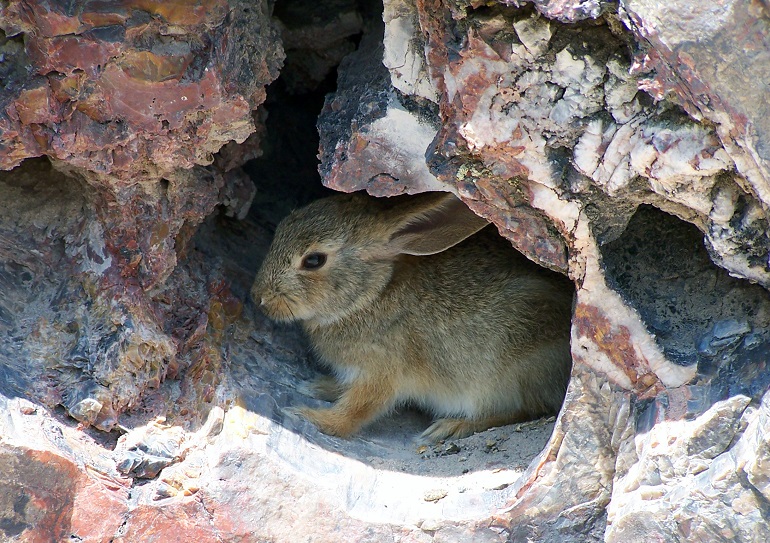
All habitats need to provide shelter for wildlife to exist safely. The shelter is needed for plants and animals to hide from predators, raise a family and stay protected during harsh weather conditions.
Trees can provide shelter for several different inhabitants, such as birds, insects, and small mammals too. A habitat can have food and water in abundance, but living things won’t survive for long periods without enough shelter.
Habitat Etymology
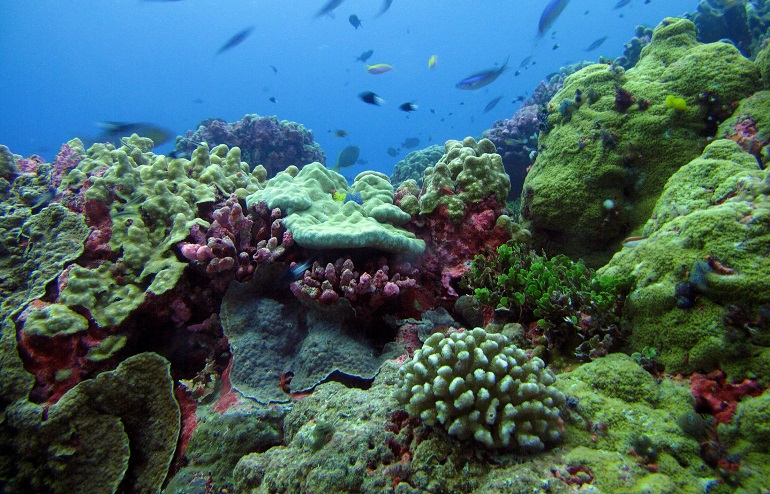
The word habitat comes from the Latin ‘Habitare’, meaning ‘to live or dwell’. Makes sense, right? Habitat was originally used in Latin texts in the 1700s. The word was first used in the documentation about fauna and flowers.
Environmental Factors
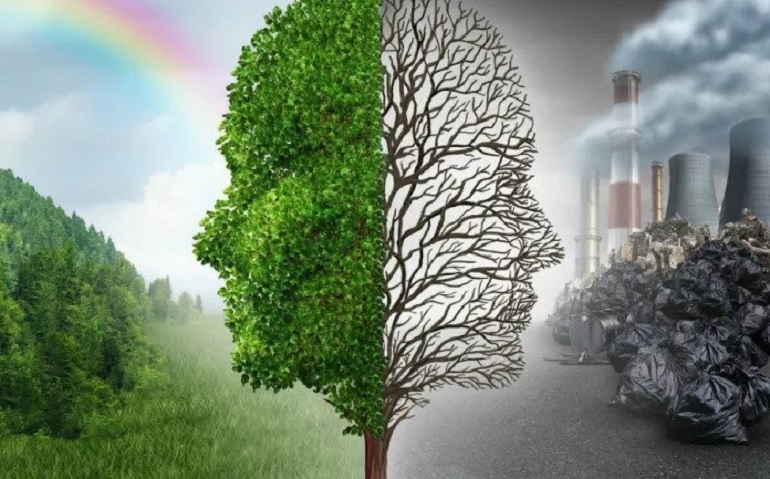
Natural habitats are influenced by several different environmental conditions. The species richness in any particular habitat will depend on how many of the environmental factors are present.
Whether you are looking at plant species, tree species, animals, or other organisms, the following environmental factors will impact their natural habitats:
Abiotic
Abiotic factors are the non-living influencers of an ecological or environmental area. For example, the direction of slopes will impact the temperature of habitats found on that particular surface. Slopes facing the sun will be warmer than those which don’t. That makes sense, right?
Biotic
Unlike abiotic, biotic environmental factors are alive. A living organism can affect the amount of food available within an ecosystem. For example, algae and plant life can have a huge impact on an aquatic habitat.
Climate
The weather plays a large role in the success of any particular ecosystem. Different climates are needed to support the survival of living organisms and animals in different habitats.
Rain, sunlight, snow, and draughts will all play a part in a habitat’s makeup. The sad news is, human activity is causing climate change, and leading to habitat loss around the globe.
Edaphic
Edaphic factors refer to the condition and effects of soil found in different environments. The pH level of soil will affect how well plants are able to grow.
Different habitat types rely on various pH levels in the soil. The condition of the soil ensures plant species can survive and become a food source for animals and organisms living within the habitat.
Sunlight

Sunlight is essential for photosynthesis and plant survival. The more sunlight an area gets, the more organisms and plant life will thrive. For example, plankton found higher up in the ocean will grow more than plankton found deeper in the water, all thanks to the better light penetration.
Habitat Types
Let’s look at different types of habitats found on Earth!
Coastal
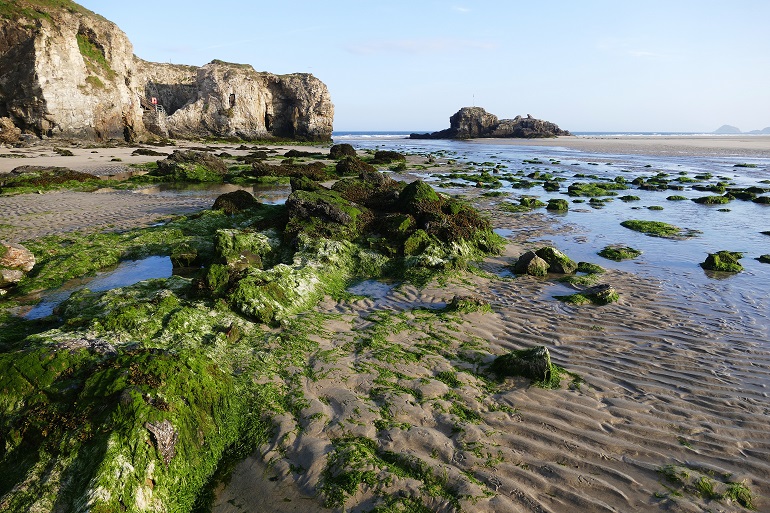
Coastal habitats are created wherever sea water and land meet and above spring water tides.
These are usually defined by their immediacy to the sea. Coastal habitat is fluid and will change depending on the time of year, as this can affect the tide.
Freshwater
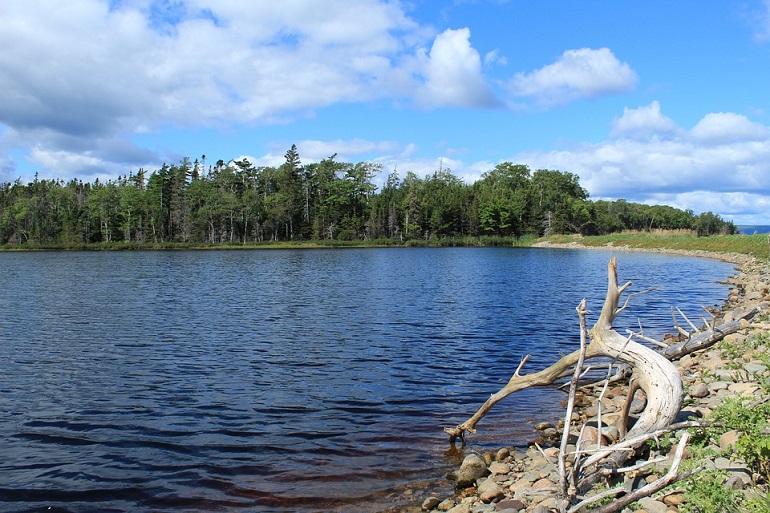
Freshwater habitats are places with an abundance of water and flora. They are usually defined in three types; ponds or lakes, running rivers or streams, and wetlands. There are different animals and plants in each, depending on their preference for each type of habitat.
Woodland
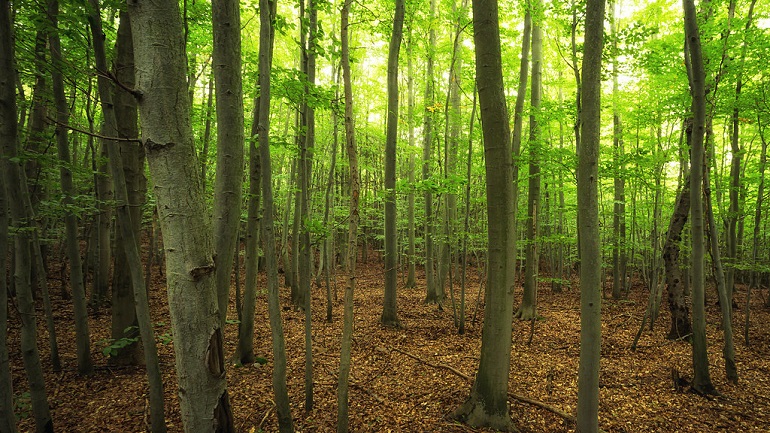
Woodland habitats are home to a rich variety of birds, insects, and mammals. These species survive in a mix of trees, climbing plants, shrubs, and hedges. The trees of a woodland habitat are spaced out and encompass open spaces like meadows.
Forest
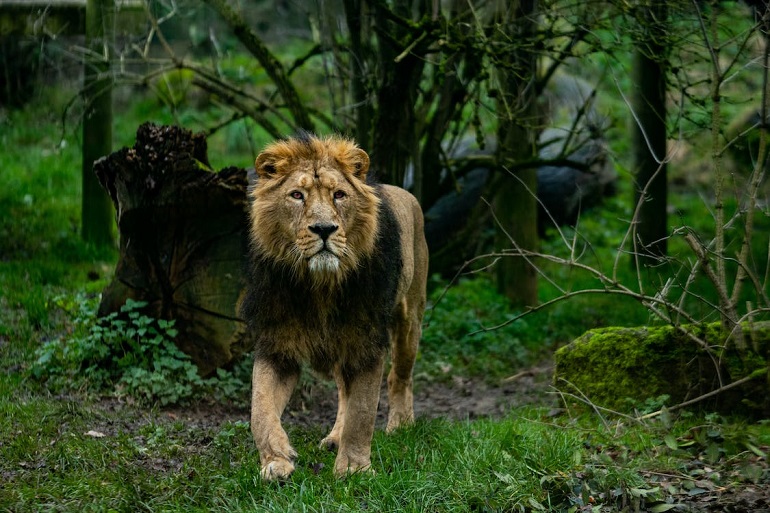
There are three main types of forest habitats; temperature deciduous, coniferous, and rainforest. Each needs specific temperatures and environments to succeed, and so a huge diversity of animals call each of these very different habitats home.
Arid
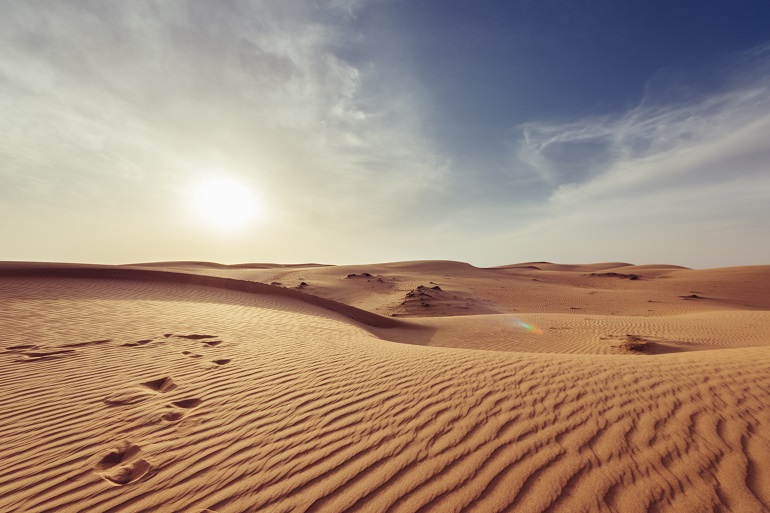
Arid landscapes such as deserts are vastly deprived of water, which largely prevents plant life from surviving in large quantities. The animal and plant life that do survive such a harsh habitat has evolved to make the most of the meager offerings this environment is able to offer.
Antarctic
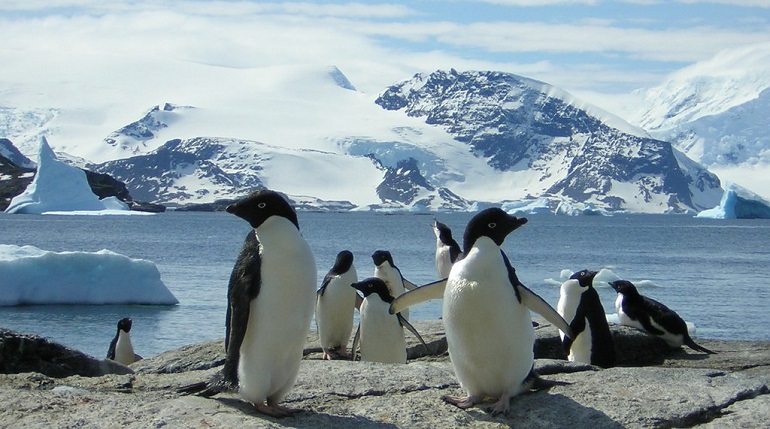
Antarctic habitats incorporate the sea, ice, and mountains of the Antarctic. Much like the arid habitat, this environment is harsh and difficult for a large diversity of plant life to live. This is not a habitat of ease and abundance.
Urban

The main characteristic of an urban habitat is the influence of humans such as roads, buildings, and houses in close proximity to each other. Also, humans cutting through long-before-established fields and woodland can lead to the creation of urban habitats.
Plants and animals have learned to survive in the changing environment and use these influences to their advantage.
Meadows

A meadow habitat is covered mostly with grass, flowers, and bushes. Meadows are usually large, open spaces that are sparse in terms of tree growth. Since the industrial revolution and due to human influence meadows can be agricultural, transitional, urban, or perpetual.
Ocean

Ocean habitats are those that are homes for marine life. The habitat is extremely varied from coral, grasses, and open water. The depth of the ocean has a variety of environments influenced by the amount of sunlight that is available to penetrate the water’s surface.
Mountains
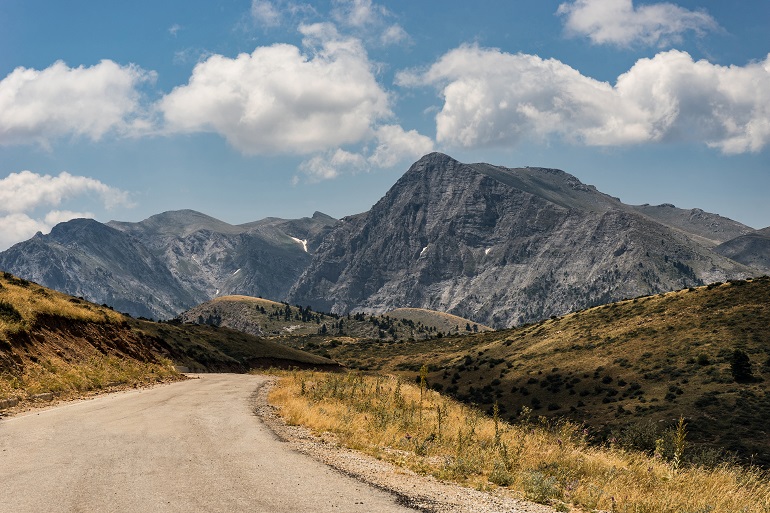
As with ocean habitats, the various levels of mountain habitat each have different biomes of life. The top is oxygen-poor, whereas the base of a mountain can be as rich in plant life as a forest habitat.
As with all habitats, the survival of the animals within depends on very specific evolution to thrive in dangerous conditions.
Arctic Habitat
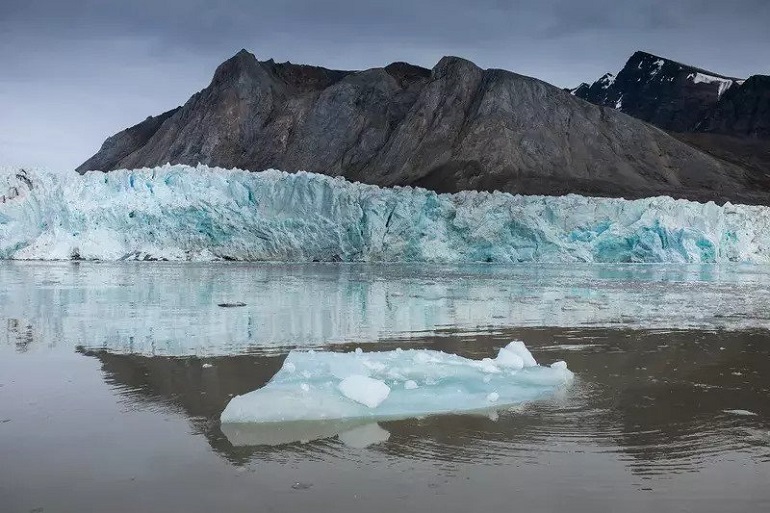
The directional polar opposite to the Antarctic habitat, the Arctic habitat is a baron of trees on its plains. The Arctic waters are cold with surface ice and experience high-speed, low-temperature winds.
The Arctic habitat takes highly developed plant and animal species to survive it.
Microhabitat
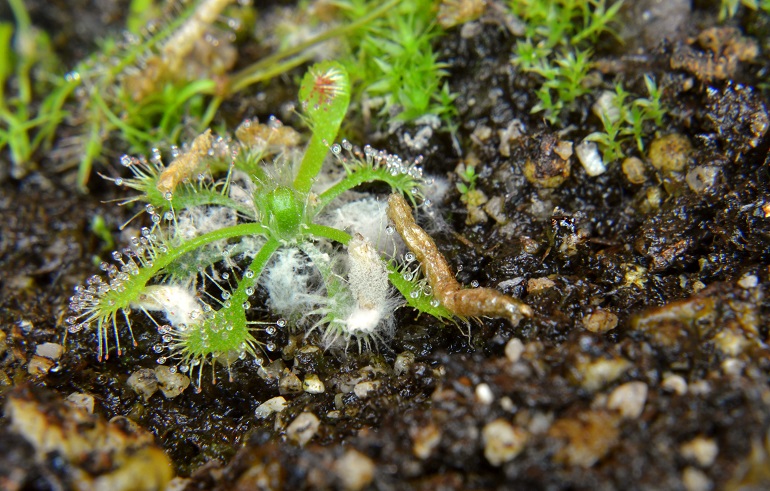
The easiest way to think of a microhabitat is to imagine it as just one bedroom inside of a house. Your entire home is the habitat, and your bedroom is the microhabitat.
However, this example only works if you are able to meet all of your survival needs without ever setting foot out of your bedroom.
Now, let’s get back to microhabitats in the wild. Inside a forest habitat, for example, microhabitats can be found on the forest floor or up in the tree canopy. A fallen log on the ground can be a microhabitat.
A rotting log is a physical environment where insects, fungi, and other small wildlife are able to find food, and shelter and survive.
Microhabitats, such as those found in trees and the soil in the forest, create thriving ecosystems and influence biodiversity within the larger habitat.
A stagnant pool of water, the soil under rocks, and even decomposing animals can become microhabitats for a community of different organisms. Just like there is at least one bedroom in every house, all of the habitats we discussed earlier will also contain microhabitats.
Extreme habitat
You’ve heard of extreme sports, right? Big wave surfing, mountaineering, and scuba diving all fall under the ‘extreme’ category because they pose a risk to a person’s survival. The same is true for extreme habitats and wildlife.
Many animals would not be able to live in the intense conditions of an extreme habitat. These environments can only be inhabited by specific specifies.
The characteristics of an extreme habitat include:
- high/low temperature
- high/low pressure
- no water
- low oxygen levels
- high acidity/alkaline
- high radiation
- toxic substances in the water supply
Examples of species and their extreme habitats include:
- The Greenland Shark – These sharks live in the extremely cold waters of the Artic and Subarctic.
- Emperor Penguin – This penguin species live in Antarctica. Emperor Penguins survive in freezing temperatures and live together in colonies on floating ice caps.
- Pompeii Worms – These deep-sea polychaetes were discovered in the 1980s. Pompeii worms live inside hydrothermal vents, located on the sea bed of the pacific ocean.
Habitat change
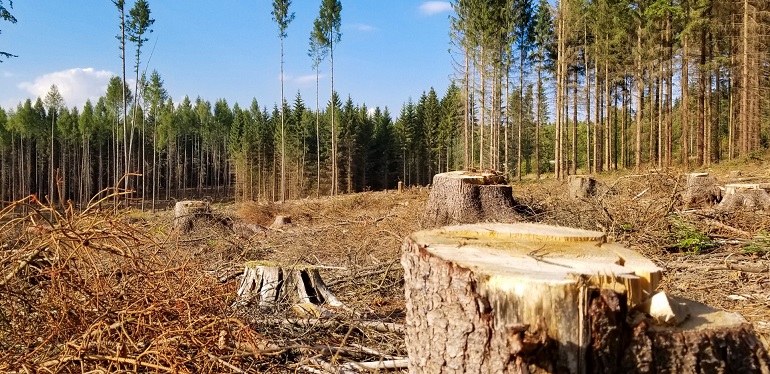
Natural habitats have changed significantly over recent years. Unfortunately, many of these changes have not been for the better.
Habitats can change due to natural events or the actions of us humans. It can be a hard pill to swallow, but our modern lifestyle is taking both the natural homes and lives of the world’s wildlife.
Changes to habitats can be caused by:
- deforestation
- farming
- land conversion
- forest fires
- draughts
- flooding
- earthquakes
- volcanoes
- extreme weather events – hurricanes/tsunamis
Habitat destruction can cause different animal species to become endangered and extinct. The International Union for Conservation of Nature has found through their research that there are currently over 41000 species at risk of extinction across the globe.
Some of the most at-risk species include:
- Sunda Island Tiger
- Tapanuli Orangutan
- Black Rhino
- Hawksbill Turtles
- African Forest Elephant
- Mountain Gorillas
Habitat Protection
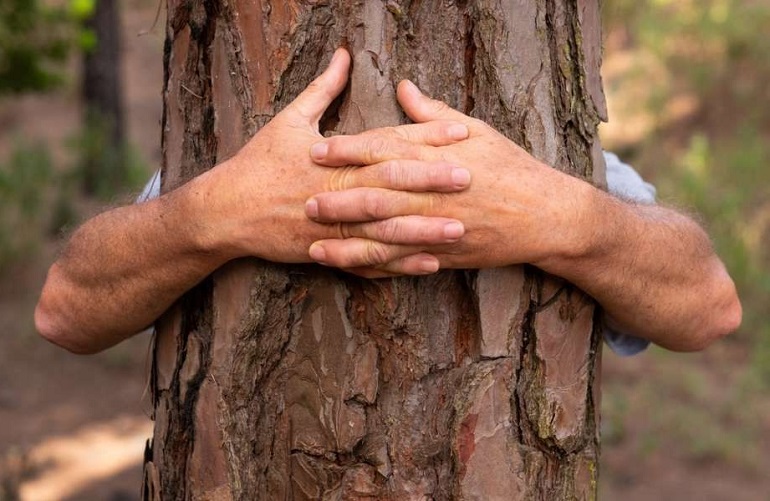
There is no denying the cold truth that humans continue to be responsible for the destruction of natural habitats.
For example, pollution and chemicals from industrialized areas can contaminate rivers, estuaries, and oceans. Damaging the water can directly impact the health of aquatic wildlife and of the animals that rely on that water supply for hydration and food.
The burning of the Amazon rainforest to create space for growing animal feed and illegal logging is a massive problem. Unfortunately, this devastating habitat destruction continues to happen in 2023.
Climate change is also leading to the loss of natural homes for the earth’s wildlife. Studies predict that by 2050, there will be no ice on the surface of the Arctic Ocean.
The melting of the polar ice caps could lead to the extinction of polar bears, reindeers, walruses, and other Arctic species.
So, what can we do about it?
Luckily, habitat protection laws, climate change initiatives, and conservation efforts are in place. Actions against habitat loss are needed to try and keep plants and wildlife surviving in their natural ecological and environmental area.
You may be thinking, ‘this problem is too big, I can’t help!’. This isn’t the case, there are many actions the general public can take to help reduce the effects of habitat loss.
Examples of ways we humans can protect habitats include:
- Planting trees in forests and woodland.
- Planting native plants in areas they once naturally grew.
- Leave out suitable food for local wildlife.
- Create a safe and clean water supply for the many species who now struggle to find hydration easily.
- Use natural products for cleaning and gardening.
- Reuse and recycle as much household waste as possible. ‘Green living’ will help to reduce the plastic buildup in the oceans and on the earth’s surface.
- Avoid building on natural habitats such as salt marshes, wetlands, and meadows.
- Create habitats for small mammals, birds, and insects. For example, create a space where hedgehogs can safely rest, shelter from the weather, and eat in your garden.
When a habitat is lost, so is its ecosystem. In time, species must adapt to a different habitat, or face extinction.
If an environmental area no longer has the factors needed for a thriving habitat, biodiversity will be negatively impacted. Reducing biodiversity can influence the natural food chain and make survival difficult for all species in the food web.
For example, overfishing of the oceans has a dramatic effect on the biodiversity of aquatic wildlife. Unsustainable fishing can directly take food sources straight out of the marine life food chain, as well as lead to the degeneration of coral reefs.
We can help the fish and other species that inhabit our planet by eating a more sustainable diet.
Don’t worry, we are not telling you that you must turn vegan right this second! However, choosing more environmentally friendly and sustainable food sources will help to keep natural habitats around for longer.
Monotypic Habitat
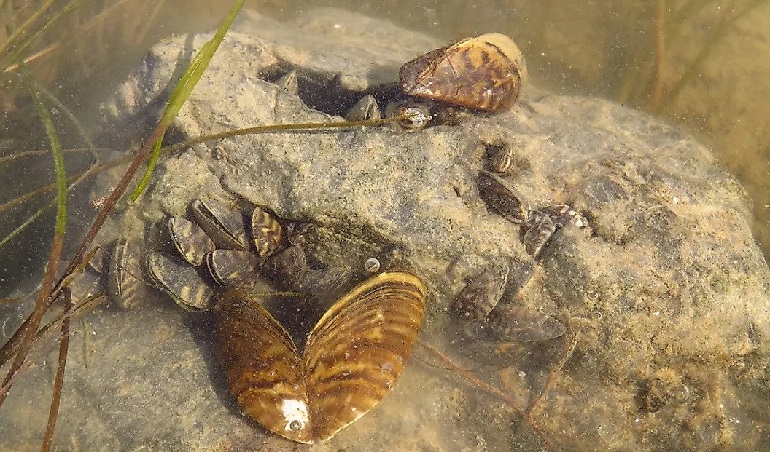
There are many different types of habitats on Earth, one of the most interesting being the monotypic habitat.
Unless you are really interested in ecology, you may not have heard of a monotypic habitat before. The habitats we have discussed so far often have a community of different species living in one area, a monotypic habitat is an opposite.
Monotypic habitats are home to just one organism, insect, plant, or animal. Botanical monotypic biomes are inhabited by just one species of plant life. A single animal habitat is known in ecology as a zoological monotypic habitat.
The destruction of monotypic habitats can impact the survival of wildlife in nearby ecosystems. That being said, certain plant life can destroy organisms, spreading across existing habitats and changing the nature of their environment.
For example, the yellow star thistle is known to invade ecosystems, creating a hostile environment for other species to survive.
Artificial Habitat
With natural habitats declining, efforts are being made to create artificial habitats for wildlife to live in. The building of artificial habitats is a necessary conservation effort to save particular species from extinction.
Some artificial habitats can be made by your average Joe, others need a big budget, a lot of manpower, and a lot of space to complete.
These three most common artificial habitats include:
Zoo Habitat
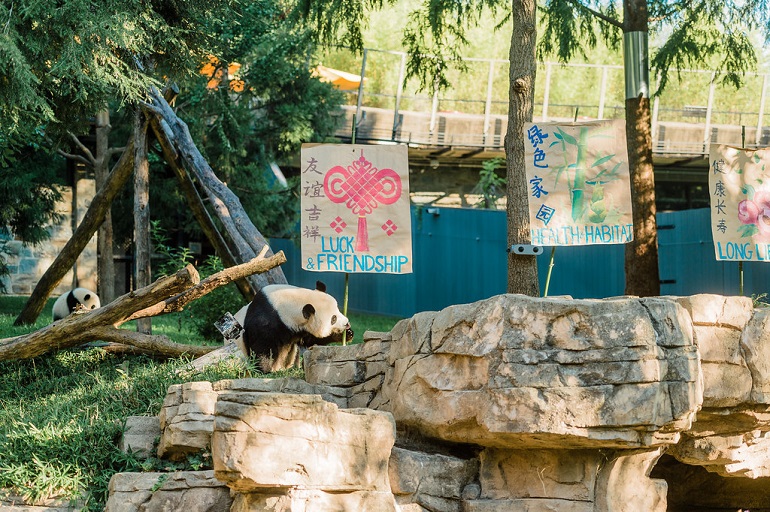
Zoos include several artificial habitats. There will be artificial habitats built for lions, another for crocodiles and another for Giraffes, and so on.
A zoo environment can never completely replicate an animal’s natural home, but artificial habitats try to be as close to the real deal as possible.
Lions living in captivity do not need their habitat to have animals to hunt, for example, as they are fed by zoo keepers. However, the artificial lion habitat will likely have dens, trees, and places for the animals to rest and shelter.
Animals living in a zoo will be safe from predators and the risks of living in the wild. However, looking at lions again, they will not have the same space to roam or even the correct temperatures for their species.
Fish Tanks
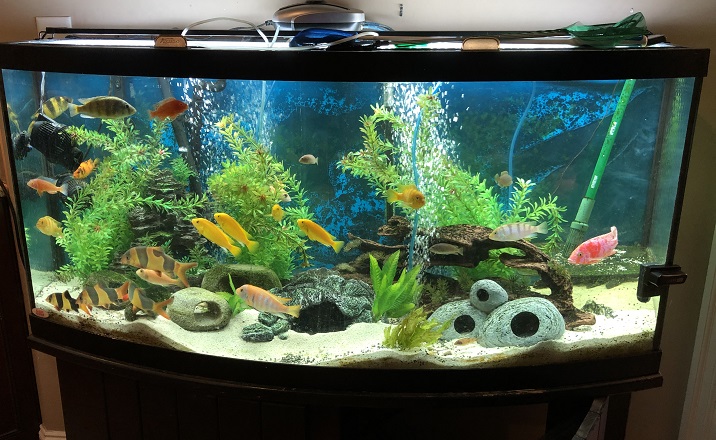
Fish can live in a bowl in your home, but will be much happier in an artificial habitat inside a tank.
To keep your fish happy, you can add plants. pebbles, wood, and gravel to their tank. Healthy bacteria need to be able to grow inside a fish tank. The right bacteria will break down fish waste, but bad bacteria can cause an imbalance and create a hostile environment.
Aquariums
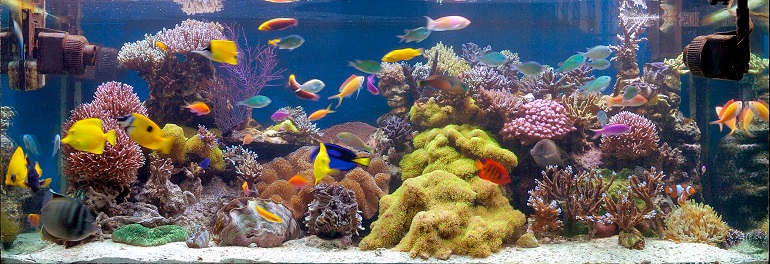
Home aquariums have made it possible for people to keep tropical fish as pets. However, large aquariums – like zoos – try to replicate the natural environment of different marine wildlife, aquatic species, and plants.
Artificial habitats in aquariums are created by keeping the water at the correct temperature for each species. Also, some fish are built to live amongst lots of rocks and plant life, while others are not.
To create the best environment for fish in captivity to thrive, artificial habitats must be built with each species in mind.
On a basic level, this means not putting animals together that would be predators and prey in the wild. In more complicated terms, pH levels and water temperature can not be the same in all artificial aquarium habitats.
FAQ’s
How Do Animals in Deserts Survive?
The desert habitat may seem like a hostile environment, but animals adapt to survive in this landscape. For example, some species will hide in burrows to avoid high temperatures during the day.
There are some animals in the desert that hydrate through the moisture in their food. Also, certain species live on the edge of the desert, as these areas often have more plant life, shelter, and water.
What Animals Live in Wetlands?
Wetlands are home to several different species. Wetland habitats create thriving ecosystems, for both animals and plants. Animals that live in these surroundings include birds, amphibians, fish, reptiles, and mammals.
Hippos, alligators, water buffalos, and crocodiles are just some of the wildlife that can be found living in wetlands habitats.
Conclusion
Our world is full of millions of different species, and every organism needs a habitat to survive. There are many different types of habitats, including forests, wetlands, arid, arctic, mountains, meadows, oceans, and more.
Climate change and human activity are leading to the destruction of many natural habitats. This is a big problem and action needs to be taken to protect the homes and lives of many different specifies. This action needs to happen now!
There are things that we can all do to help protect habitats and keep more wildlife away from the risk of extinction. Living a more eco-friendly lifestyle, creating artificial habitats, and becoming involved in environmental conservation efforts are all good places to start.
We hope this article has taught you more about the wide range of habitats here on earth. Now, what can you do today to help solve the problem of habitat loss?


